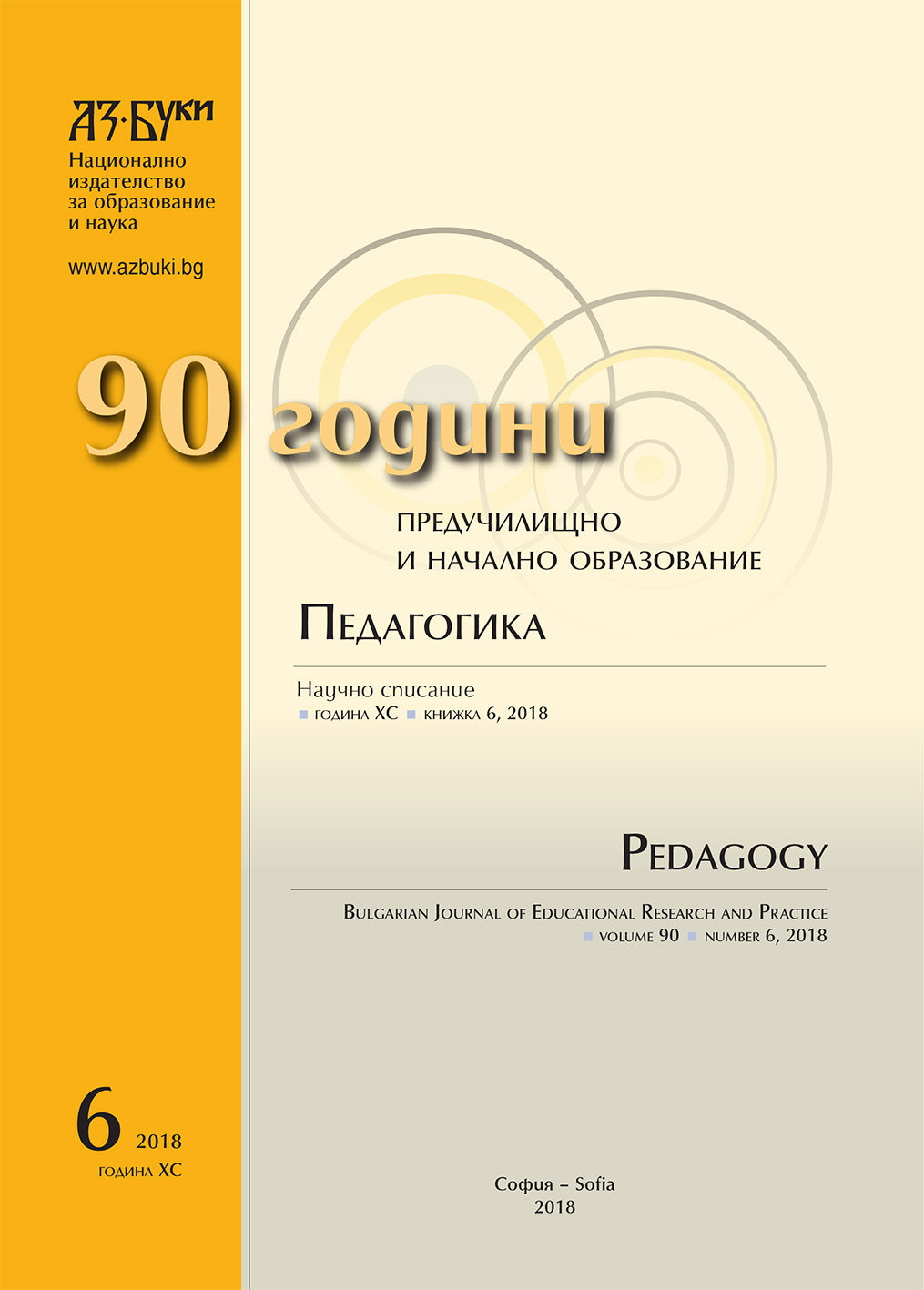Ролята на заниманията по изобразително изкуство като форма на превенция на отпадането от училище
The Role of Art Activities as a Form of School Dropout Prevention
Author(s): Ani Zlateva, Katya Tineva-Giurkovska, Petar PetrovSubject(s): Social Sciences, Education, Fine Arts / Performing Arts, Visual Arts, Sociology, School education, History of Education, Educational Psychology, State/Government and Education, Social development, Social differentiation, Substance abuse and addiction, Family and social welfare, Human Ecology, Social Informatics, Sociology of the arts, business, education, Economic development, Social Norms / Social Control, Globalization, Inclusive Education / Inclusion, Sociology of Art, Sociology of Education, Identity of Collectives
Published by: Национално издателство за образование и наука „Аз-буки“
Keywords: art education; emotional and social growth
Summary/Abstract: Researches of the problem of the importance of Art activities of children at risk is shown in the context of the theoretical, analytical, and empirical aspects of the problem, and inferences and conclusions have been made accordingly. The report focuses its scientific interest on the role of extracurricular art activities for the personal development of the children, their ability to easily integrate to the social environment and to develop abilities and skills, which will help develop their emotional and social growth and keeping them in school. The contributions of this research can be divided into several main directions: collecting and systemizing literature and information directed towards existing models of prevention, showing the importance of art activities of children at risk, analyzing the results that have been achieved by art activities of the group of children endangered of being expelled of school, to define the appropriate models of social adaptation through activating the artistic abilities of the children. The purposes of the research are divided into several groups. On one hand is shown the importance of the introduction to the technical capacity of drawing in extracurricular form with different teachers, showing the analyzes made until the present moment achieved results of European, national and regional level, analyzes, summaries and conclusions of working with children from risky groups. In the analytical part, some of the methods of Rubinstein, Ulf and others, are applied. The results show that with active and regular art activities of children from risky groups, a durable interest is being shown to artistic activities and adaptation to the school environment is made quicker and more qualitative.
Journal: Педагогика
- Issue Year: 90/2018
- Issue No: 6
- Page Range: 847-858
- Page Count: 12
- Language: Bulgarian
- Content File-PDF

